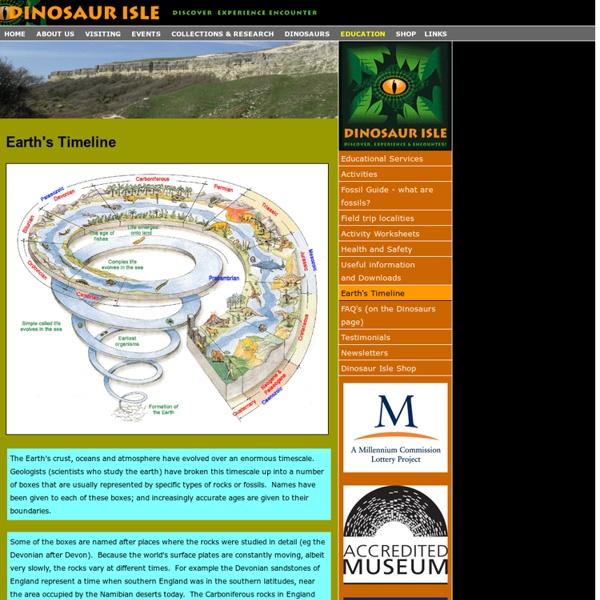



In Charted Waters - Evolution of the World Map as it was Explored Maps are among the most accessible assets we can use accurately, whether it’s an old print or the newest mobile app. Still, it took centuries for people to truly understand the geography of the world. Here, we show how our knowledge has grown and developed over time… Scroll to begin the journey Atlantic Ocean Mediterranean Sea Black Sea Britain Thailand Cambodia Sumatra Java China NorthAmerica Africa Indian Ocean Uzbekistan Azores CapeVerdeIslands Cape ofGood Hope The Bahamas Cuba Haiti DominicanRepublic VirginIslands EastAfrica Trinidad SouthAmerica Madagascar Philippines PapuaNewGuinea PacificOcean Japan Siberia Antarctica CapeYork Tasmania NewZealand Australia Carthaginians reach the Atlantic Oceanfor the first time. Herodotus prefaces his Histories with a description of the lands known to him. Britain appears forthe first time on a map. Western traders reach Thailand, Cambodia, Sumatra and Java, as well as China. Approximate date for the Viking discoveries of America for which they had different names.
Digital Atlas of the Roman Empire Nature Blows My Mind! 10 videos of the stunning, otherwordly flights of starlings One of the most spectacular scenes one can witness at dusk during a winter evening is the aerial ballet performed by starlings gathering together to roost for the night. The starlings of Ot Moor: This video not only shows incredible footage of the beautifully strange swarms, but explains the location and behavior of these particular starlings as well. While many people call it swarming, the movement of the starlings is actually called a murmuration. And murmurations have mathematical foundations. The Telegraph reports, "Impenetrable as the flock’s movements might seem to the human eye, the underlying maths is comparatively straightforward. The reason for such close proximity and rapid movements has to do with survival -- while moving in this vast flock, each bird is that much safer from raptors like peregrines, merlins and sparrowhawks that attempt to nab dinner from the edges of the murmuration. This video is just, wow. 100,000 starlings [Just a murmuration] from Mark Rigler on Vimeo.
Timeline of Art History - Skip to primary content Skip to secondary content Having trouble viewing this page? Click here for a printer-friendly version. FacebookTwitterPinterestTumblrShare Email This Page AddToAny The History and Geography of Inventions [Home Page][Other Page] [Search Inventions] [Before 10,000 BC][10,000 BC to 4000 BC][4000 BC to 3000 BC][3000 BC to 2000 BC][2000 BC to 1000 BC][1000 BC to 1 BC][1 AD to 1000 AD][1000 to 1500][1500 to 1700][1700 to 1800][1800 to 1850][1850 to 1900][1900 to 1950][Since 1950] [Inventions][Biographies][Religions of the World][Bible Contradictions][Rain][Countries of the World][Cookery][Music][Composers (Opera)] [Readers' Feedback (Religion)] [Language][Travel][Eclipses][London][Astronomy][Mathematics][Physics][Chemistry][Biology][Football][Television][Other] Sponsored Link
Liège at Night To paraphrase an old expression: “all roads lead to Liège.” Or at least you could get that impression from this astronaut photograph. The brightly lit core of the Liège urban area appears to lie at the center of a network of roadways—traceable by continuous orange lighting extending out into the rural and relatively dark Belgian countryside. For a sense of scale, the distance from image left to right is approximately 70 kilometers (43 miles). The image was taken using the European Space Agency’s Nodding mechanism on the International Space Station (ISS), also known as the NightPod. Liège is the third most populous metro area in Belgium, after Brussels and Antwerp. Astronaut photograph ISS034-E-5935 was acquired on December 8, 2012, with a Nikon D3S digital camera using a 180 millimeter lens, and is provided by the ISS Crew Earth Observations experiment and Image Science & Analysis Laboratory, Johnson Space Center. Instrument(s): ISS - Digital Camera
Holocaust Timeline Jump to: 1938 1939 1940 1941 1942 1943 1944 1945 1933 January 30, 1933 - Adolf Hitler is appointed Chancellor of Germany a nation with a Jewish population of 566,000. February 22, 1933 - 40,000 SA and SS men are sworn in as auxiliary police. February 27, 1933 - Nazis burn Reichstag building to create crisis atmosphere. February 28, 1933 - Emergency powers granted to Hitler as a result of the Reichstag fire. Terms of use: Private home/school non-commercial, non-Internet re-usage only is allowed of any text, graphics, photos, audio clips, other electronic files or materials from The History Place.
Library METEORITE ELENIN TWO WEEKS PREPARE PROOF SIGNS NOW Medieval English Literature Timeline 43-600 CE: The British Invasions First came the Romans, who brought Christianity and built Hadrian's Wall. This wall protects Britain from the northern barbarians, known as the Picts. But they say "buh-bye" in 400 and hustle off in their skirty armor to protect their own capital. That means the Brits were left to subsequent waves of invasions all by their lonesome. 700: The Lindisfarne Gospels The Christian religion combines with native Celtic art forms to form the Lindisfarne Gospels. 731: The Ecclesiastical History of the English People So this monk, Bede "the Venerable," writes a history of England. 790s-900: The Viking Invasions Just when the British thought they were finally safe, the Vikings attack. 871-899: King Alfred reigns Nothing brings people together like a common enemy, and that's just what the Vikings give King Alfred the Great. His reign represents a sort of "golden age" of the Anglo-Saxon period. 700-1000: Beowulf 1066: The Norman Conquest 1154-1189: Henry II Not.